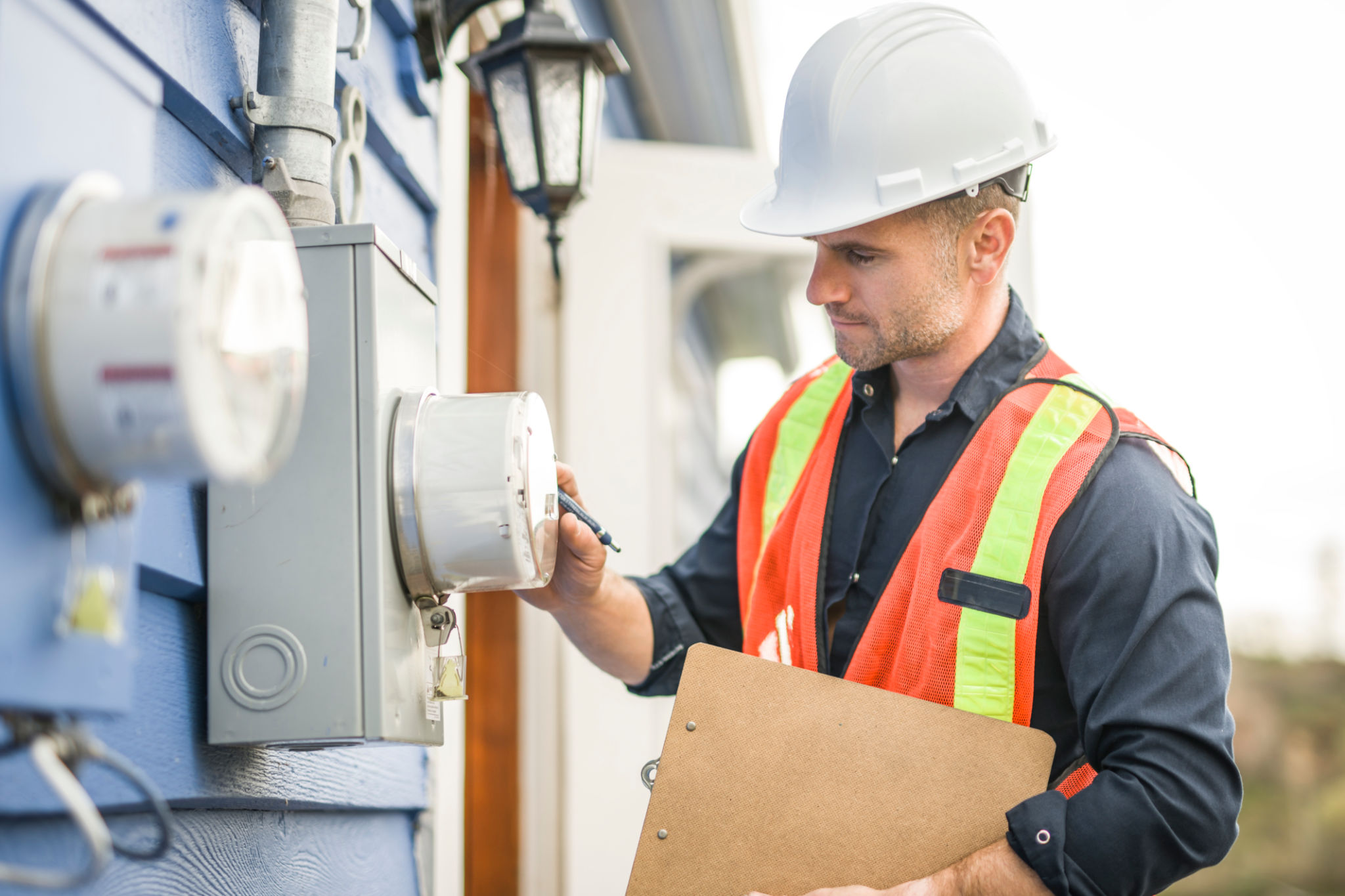Expert Tips for Ensuring Safe Electrical Wiring in Central Okanagan Homes
Understanding the Basics of Electrical Wiring
Ensuring safe electrical wiring in your Central Okanagan home is crucial for preventing hazards and maintaining a reliable power supply. Understanding the basics of electrical wiring can help homeowners identify potential issues before they escalate. In general, residential wiring consists of cables that connect outlets, switches, and light fixtures to your main electrical panel.
Each wire within the cable serves a specific purpose: the hot wire carries electricity to the fixture, the neutral wire returns it to the panel, and the ground wire provides a pathway for electrical current in case of a fault. It's essential to ensure that these wires are properly installed and maintained.

Signs of Electrical Wiring Problems
Frequent Circuit Breaker Trips
If your circuit breaker trips frequently, it could indicate an overloaded circuit, a short circuit, or a ground fault. These issues need immediate attention from a licensed electrician to ensure your home's safety.
Flickering or Dimming Lights
Flickering or dimming lights may seem like a minor inconvenience, but they could be a sign of loose connections or faulty wiring. Addressing these problems promptly can prevent more severe electrical failures.

Hiring a Professional Electrician
Hiring a qualified electrician is one of the most effective ways to ensure safe electrical wiring in your home. Professionals have the necessary knowledge and tools to assess and repair any electrical issues safely. When choosing an electrician, look for credentials, experience, and positive reviews from past clients.
An electrician can conduct a comprehensive evaluation of your home's electrical system, identifying potential hazards and recommending necessary upgrades or repairs. This proactive approach can save you time and money in the long run.

Regular Maintenance and Inspections
Annual Electrical Check-Ups
Scheduling annual electrical inspections ensures that your wiring remains in good condition and complies with current safety standards. During these check-ups, an electrician will examine all components of your electrical system, including outlets, switches, and the main panel.
DIY Safety Checks
In addition to professional inspections, homeowners can perform simple safety checks themselves. Look for signs of wear and tear, such as frayed wires or discolored outlets, and report any findings to an electrician immediately.

Upgrading Outdated Wiring
If your home is more than 30 years old, there's a good chance it has outdated wiring that may not meet modern safety standards. Upgrading to contemporary wiring systems not only enhances safety but also improves energy efficiency and supports current technological needs.
Consider upgrading to copper wiring if you have aluminum wiring, as copper is more durable and less prone to overheating. Additionally, installing ground fault circuit interrupters (GFCIs) in areas exposed to moisture can prevent electric shocks.

Conclusion: Prioritizing Electrical Safety
Ensuring safe electrical wiring in your Central Okanagan home is a crucial step in protecting your family and property. By understanding the basics of wiring, recognizing signs of trouble, hiring professionals, performing regular maintenance, and upgrading outdated systems, you can significantly reduce electrical hazards. Remember, when it comes to electricity, it's always better to be safe than sorry.
